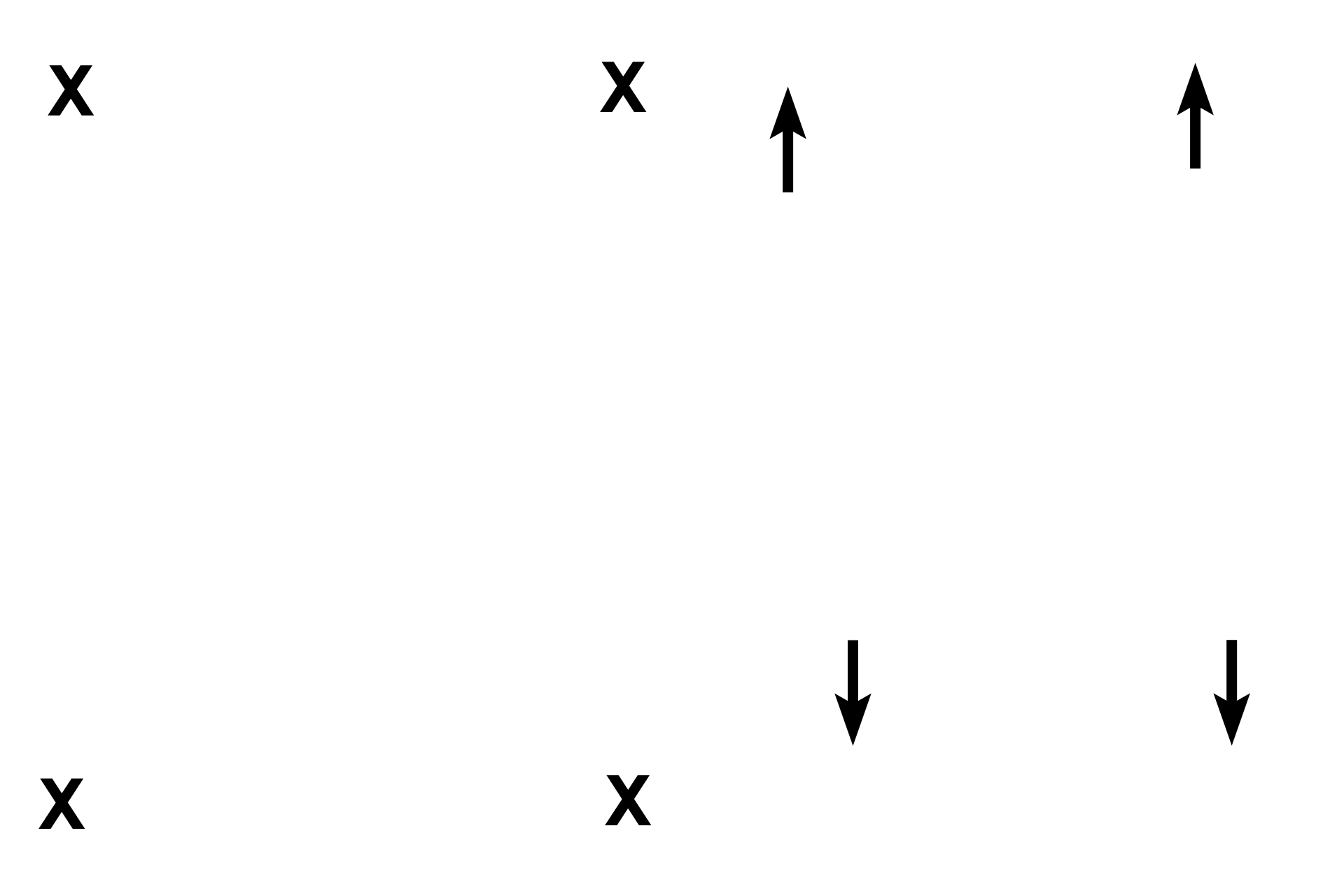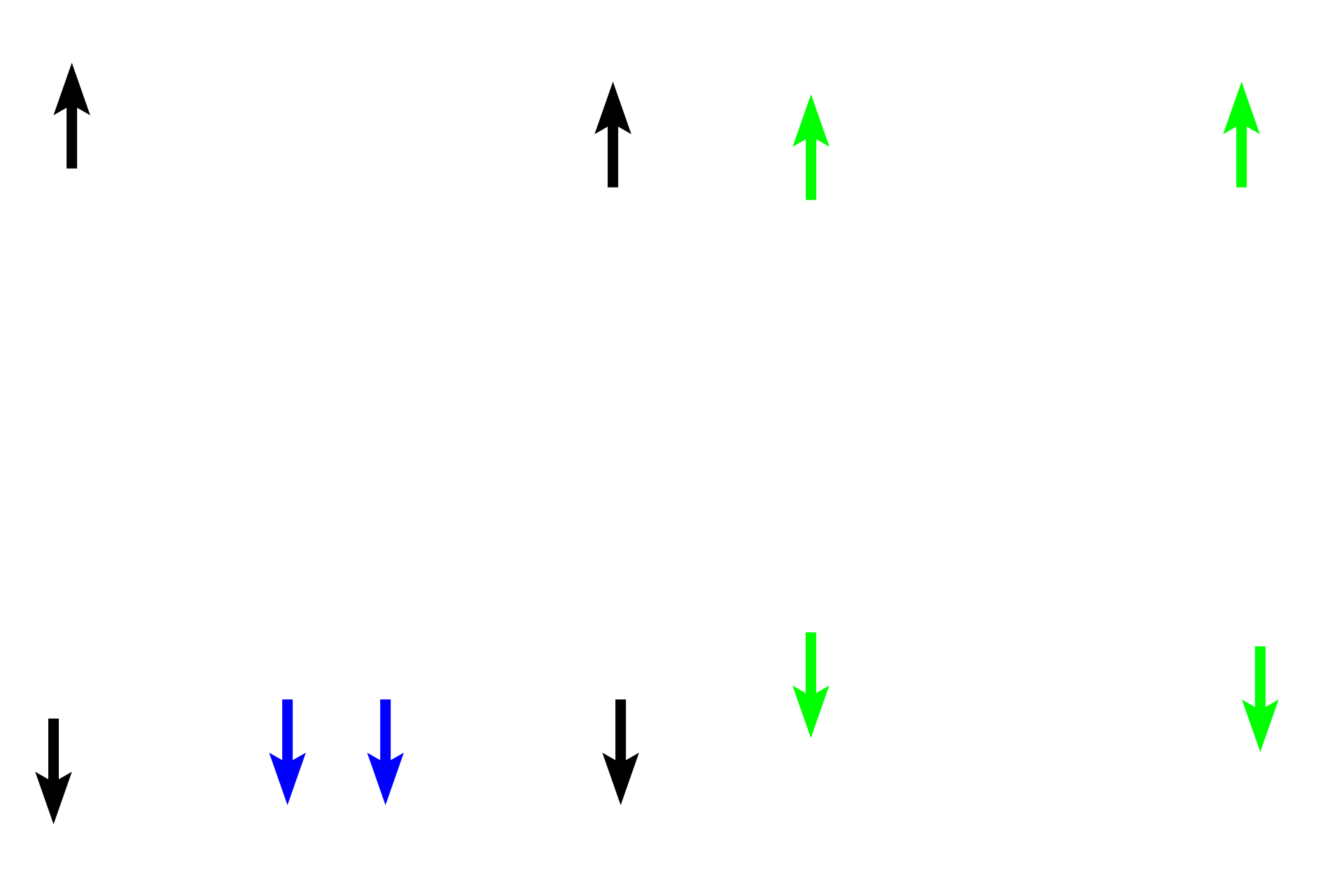
Oral mucosa
The two images on the left show the oral mucosa lining the maxillary (above) and the mandibular (below) regions. In the right image the lips have been pulled open to show the anterior teeth

Lip
The two images on the left show the oral mucosa lining the maxillary (above) and the mandibular (below) regions. In the right image the lips have been pulled open to show the anterior teeth

Skin
The two images on the left show the oral mucosa lining the maxillary (above) and the mandibular (below) regions. In the right image the lips have been pulled open to show the anterior teeth

Vermilion border
The two images on the left show the oral mucosa lining the maxillary (above) and the mandibular (below) regions. In the right image the lips have been pulled open to show the anterior teeth

Vestibule >
The vestibule is the space between the inner surfaces of the lips and cheeks and the outer surface of the teeth and gums. The vestibule is not part of the oral cavity.

Oral cavity >
The oral cavity is bounded anteriorly and laterally by the teeth and gums, superiorly by the hard and soft palates, posteriorly by the pillars of the fauces, and inferiorly by the floor beneath the tongue. The term oral cavity is often used erroneously to include the vestibule.

Lining mucosa >
Lining mucosa lines the inner surface of the lips and cheeks (black arrows), the inferior surface of the tongue, the floor of the mouth (blue arrows), and covers the cortical alveolar bone supporting the teeth (green arrows). The pink color imparted to lining mucosa is due to blood vessels in its underlying submucosa, a layer frequently lacking in the adjacent, pale masticatory mucosa.

Masticatory mucosa >
Masticatory mucosa is located in areas where the forces of mastication are highest; the gingiva (gums) (black arrows) and the hard palate (blue arrows). Masticatory mucosa stains more palely than does lining mucosa.

Specialized mucosa >
Specialized mucosa covers the dorsum of the tongue and is organized into papillae, some of which contain the receptors for the special sense of taste, the taste buds.